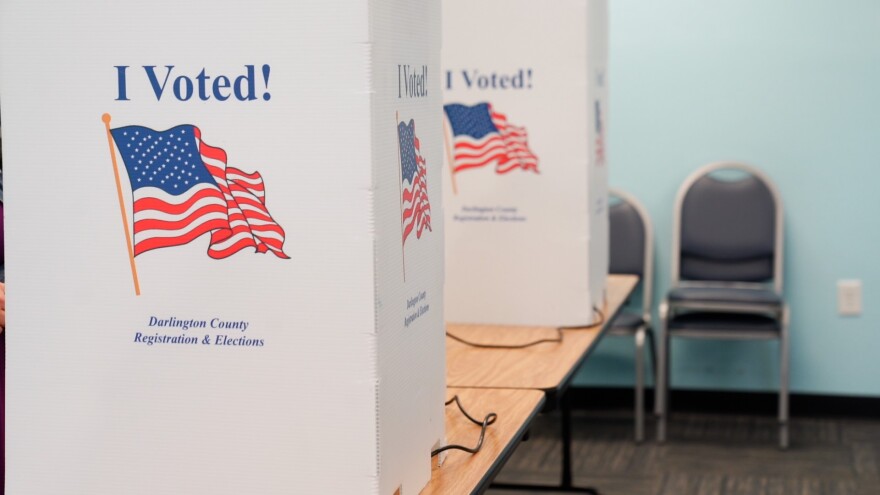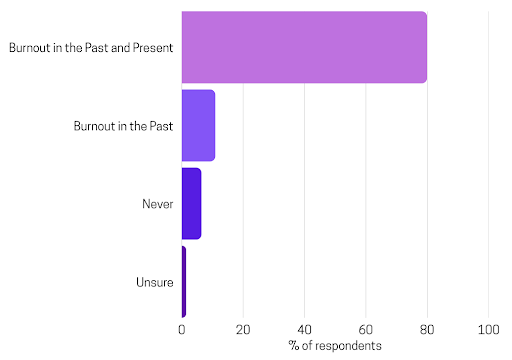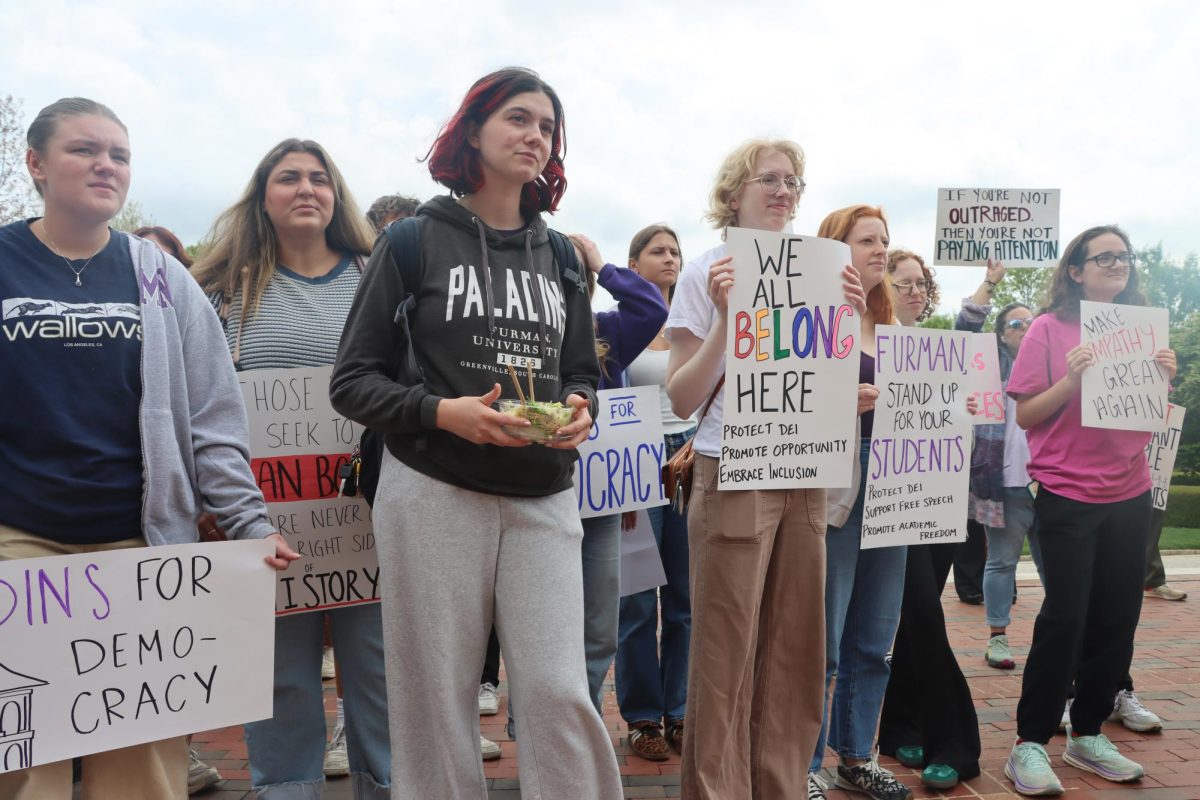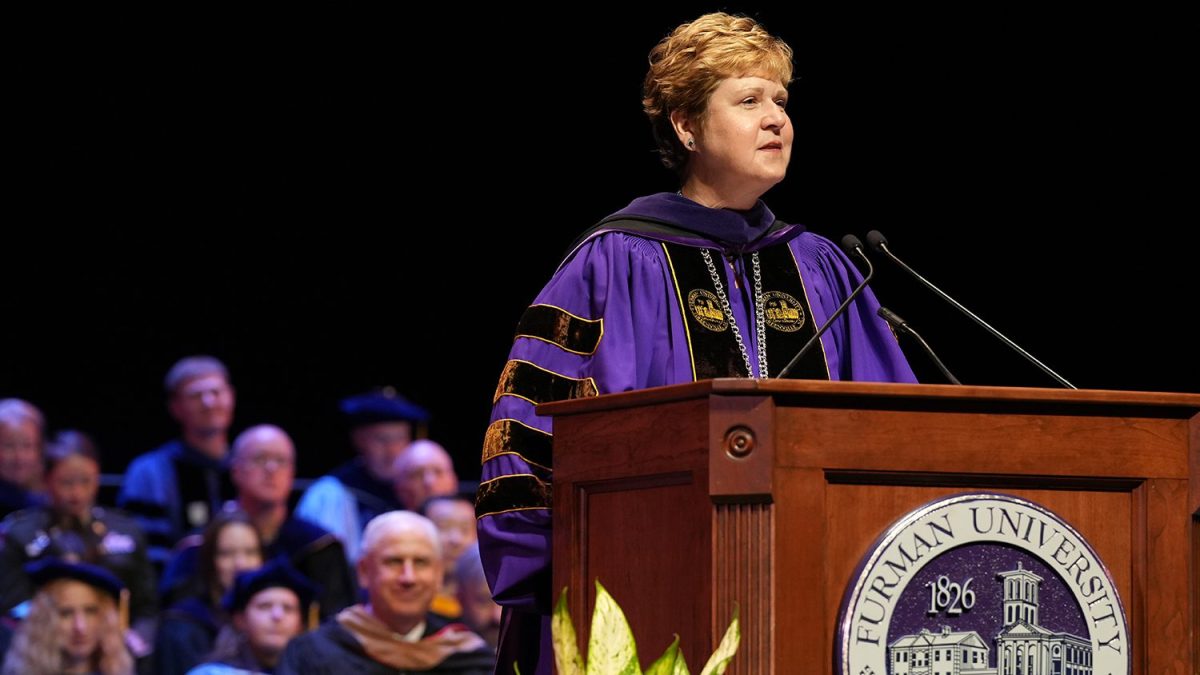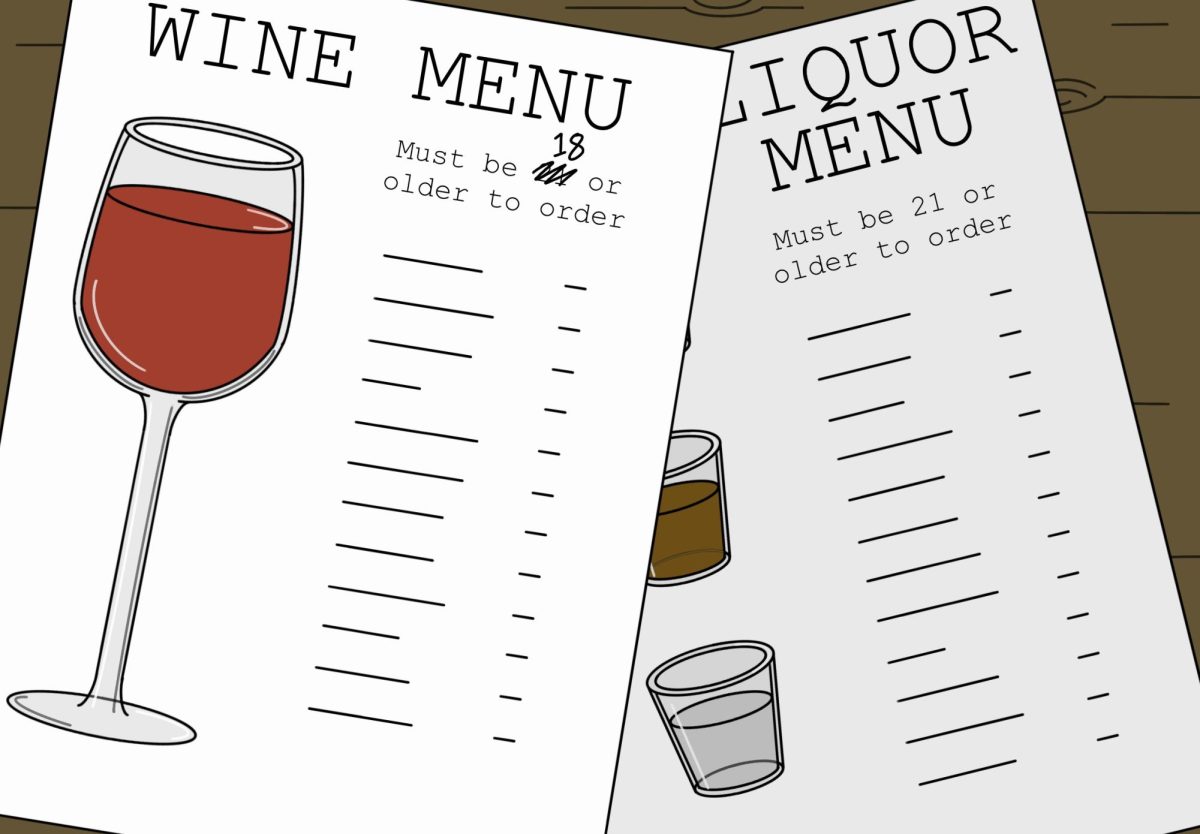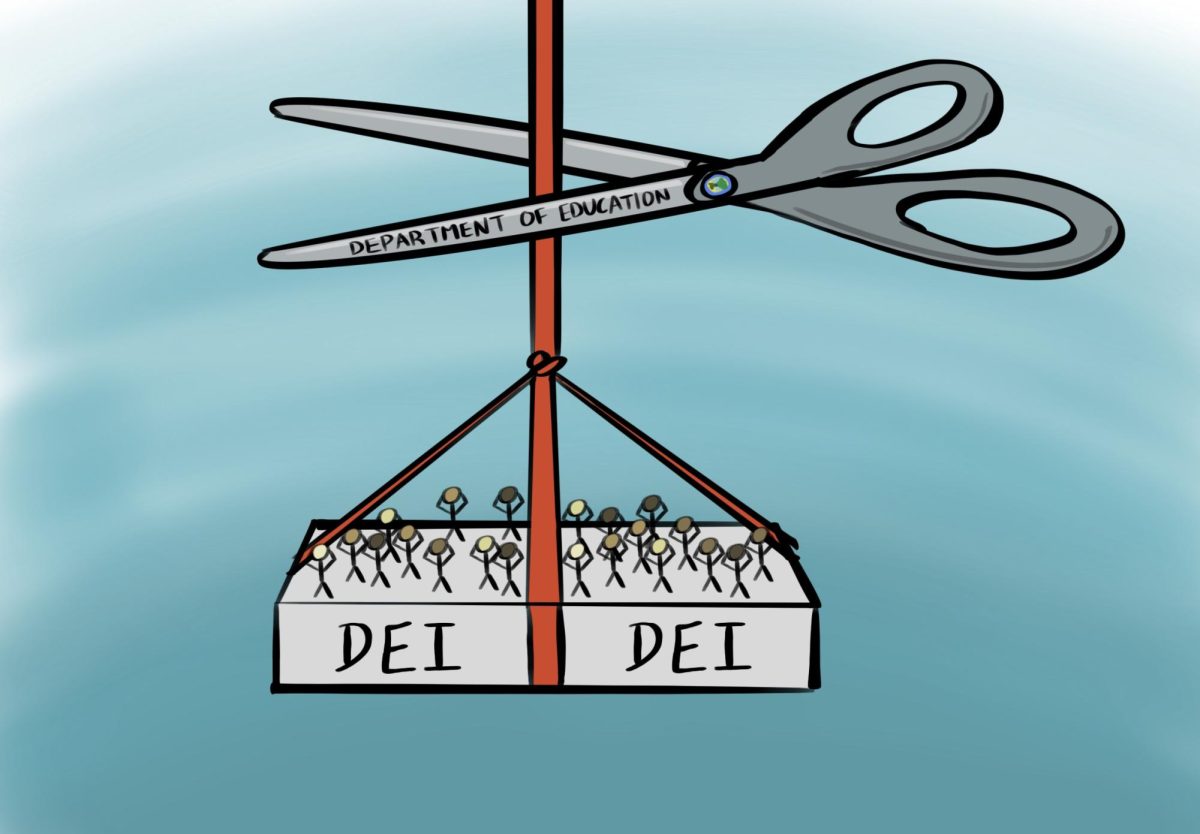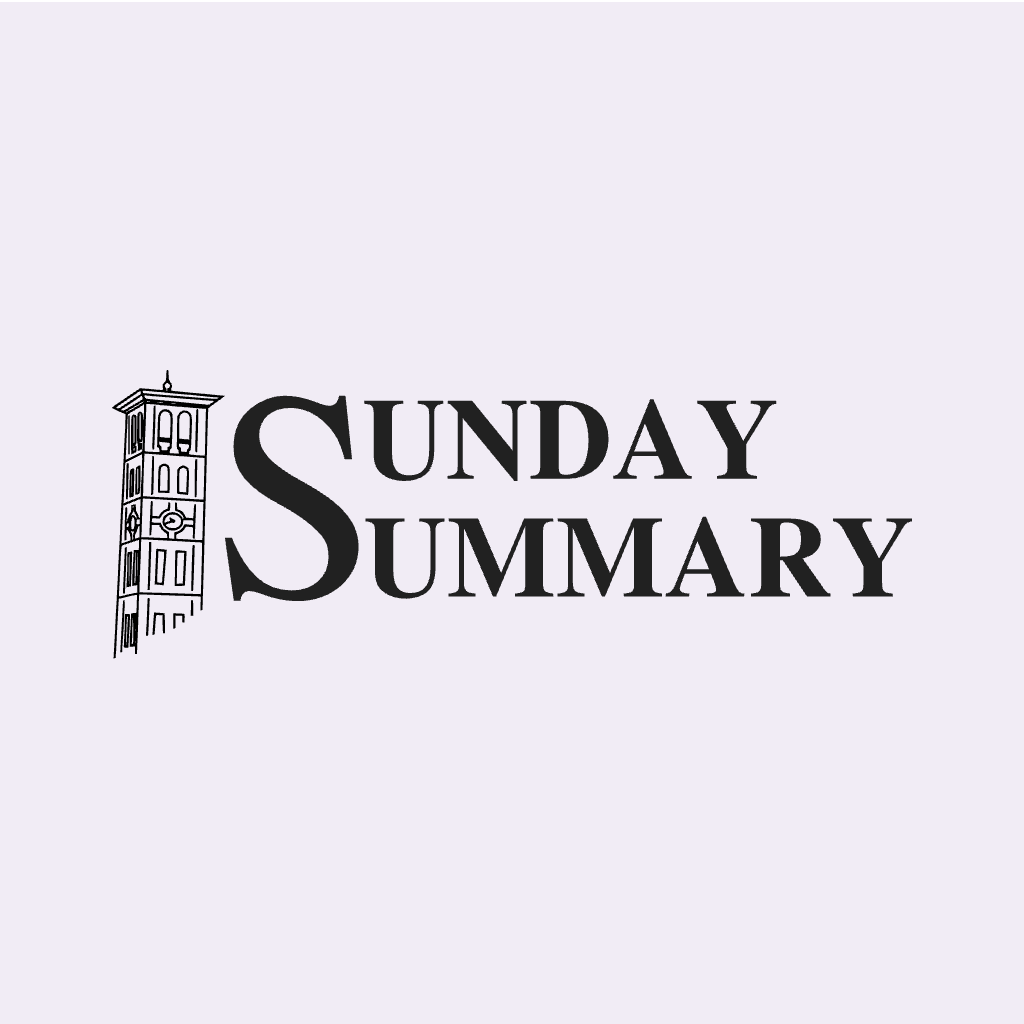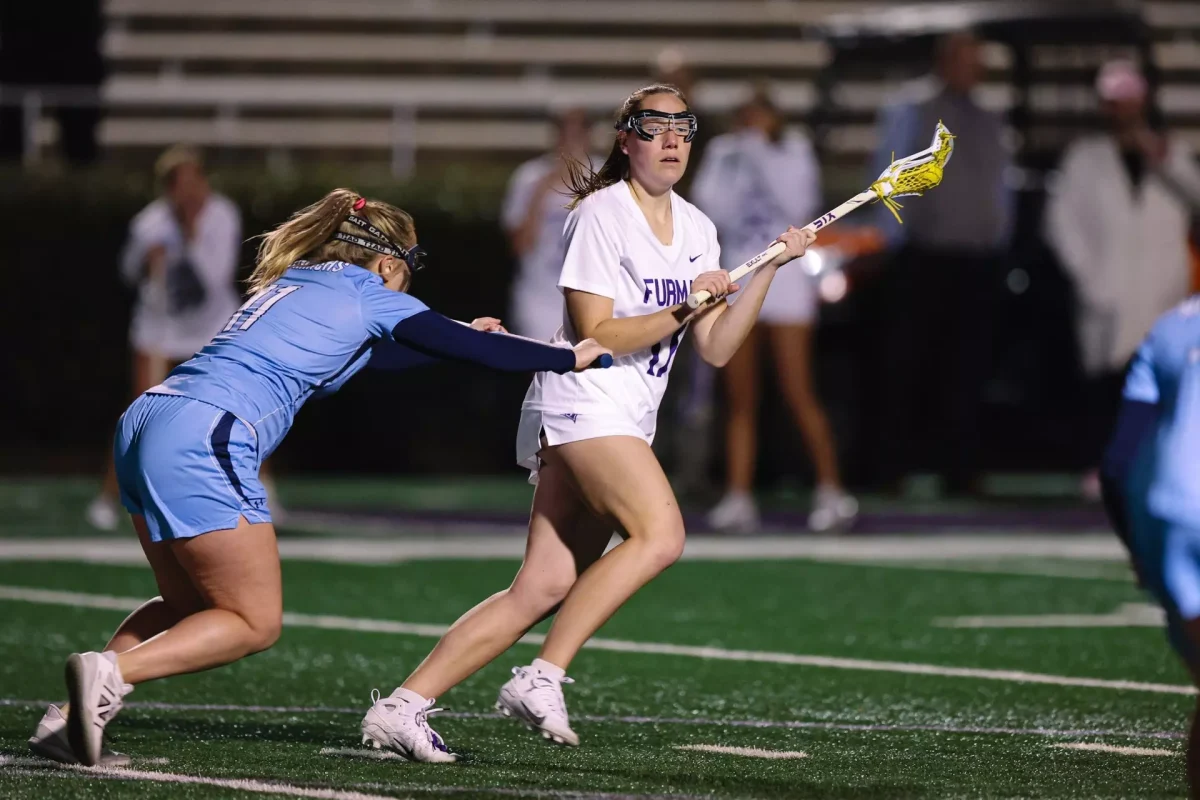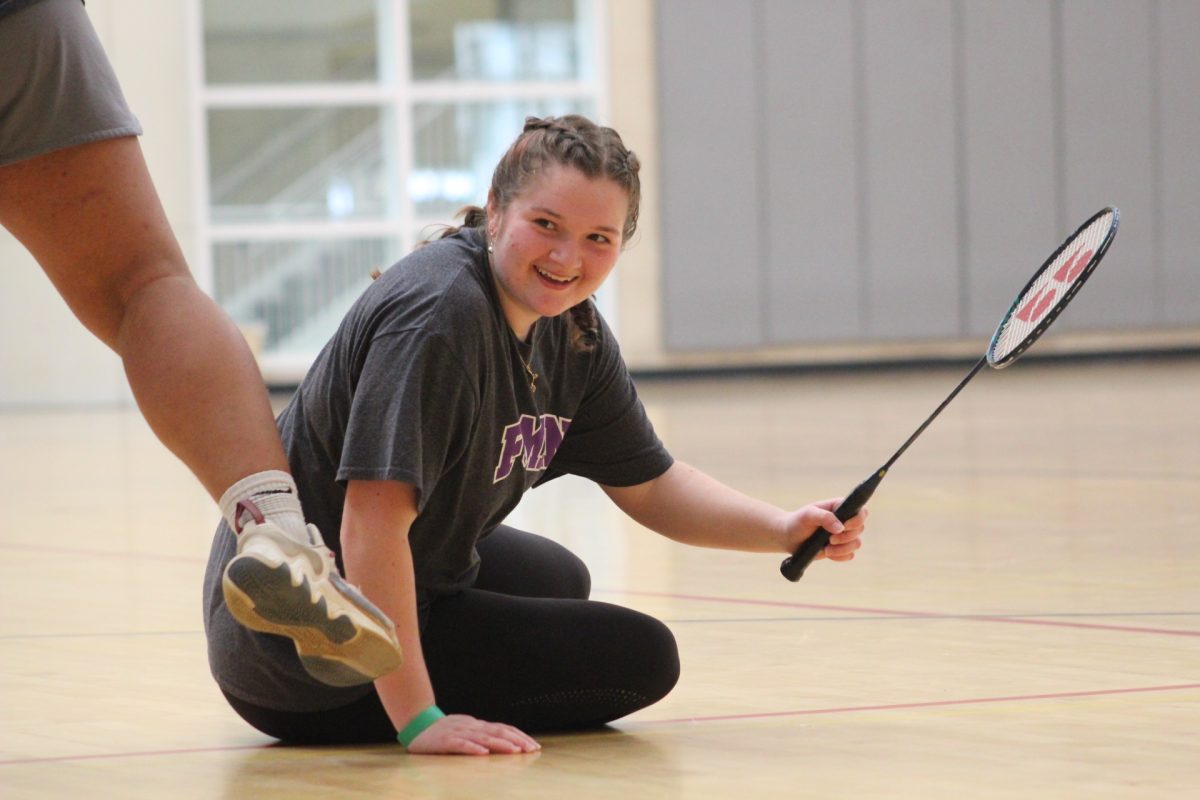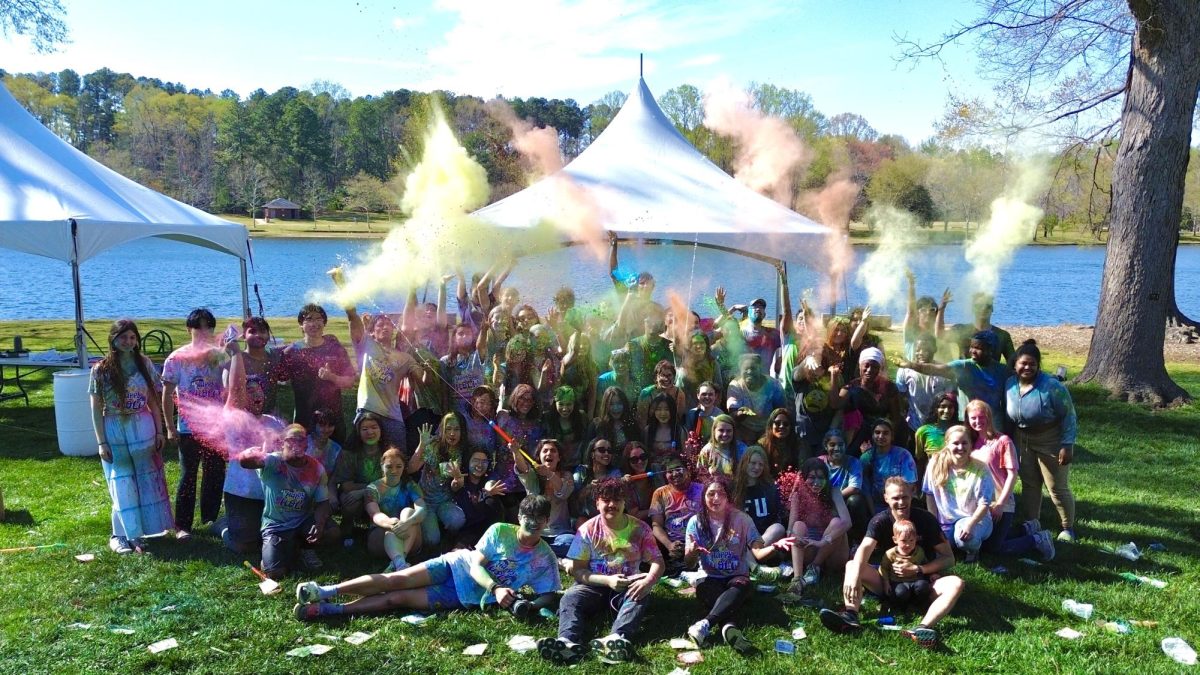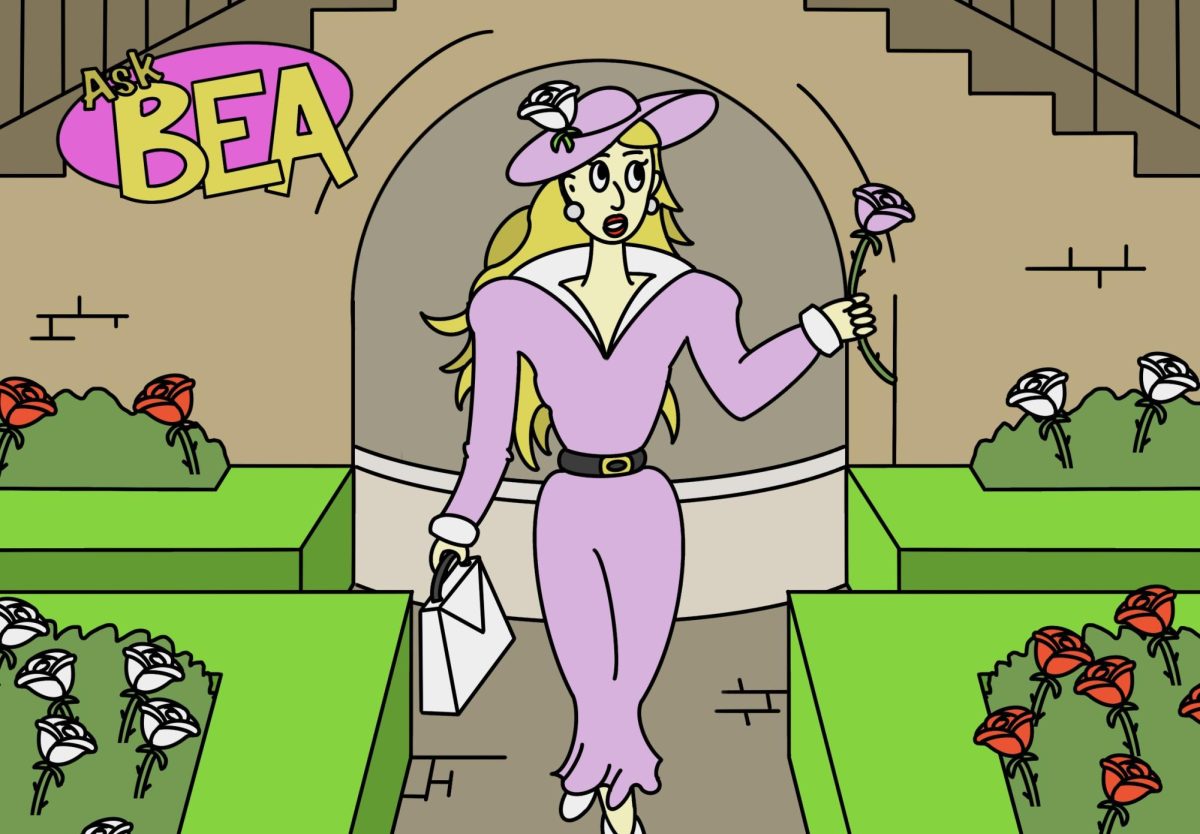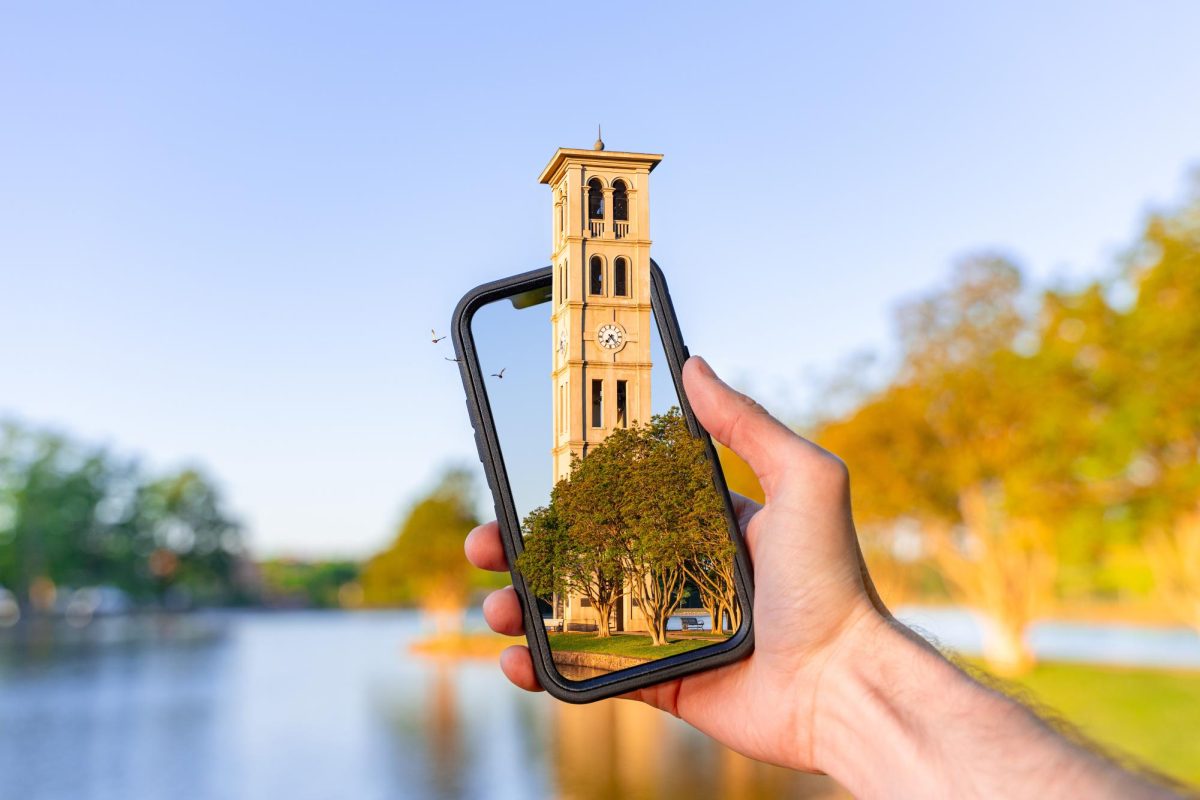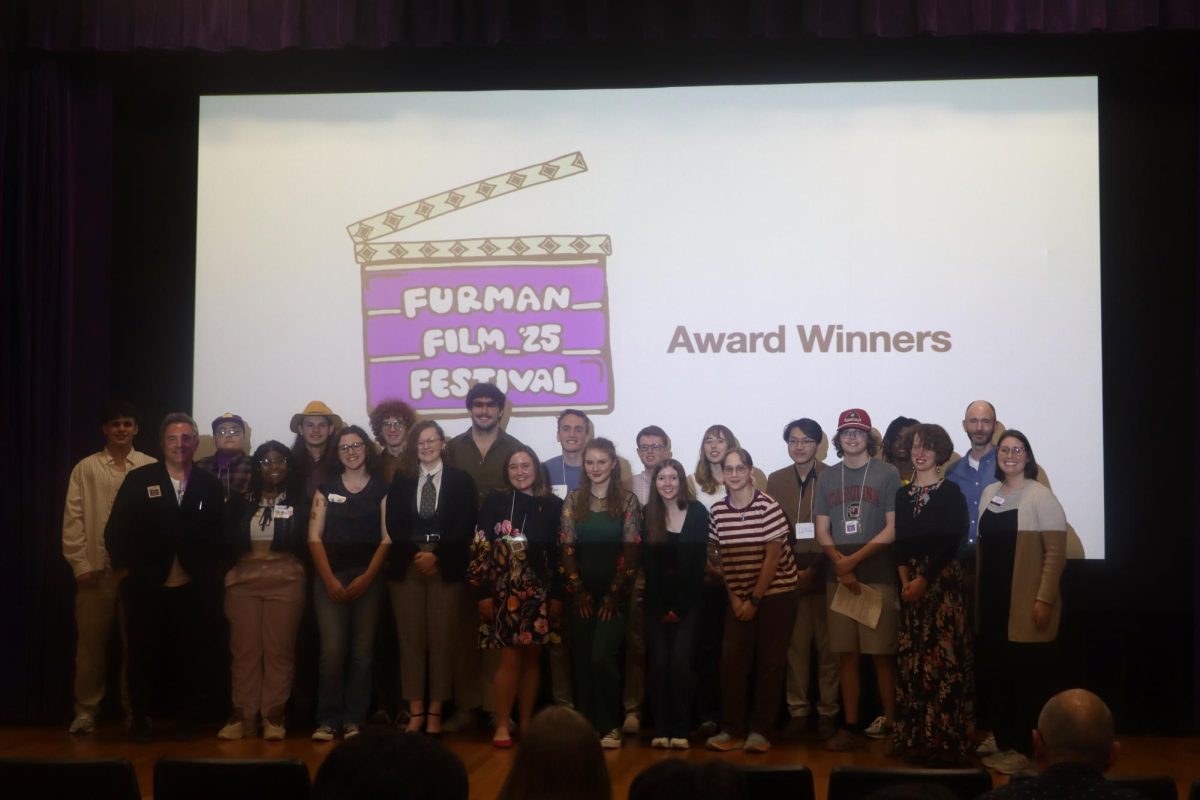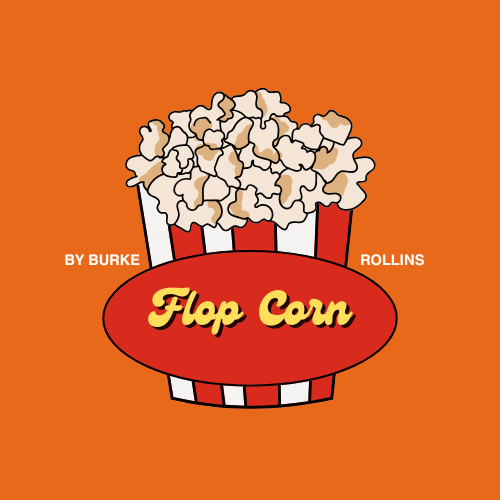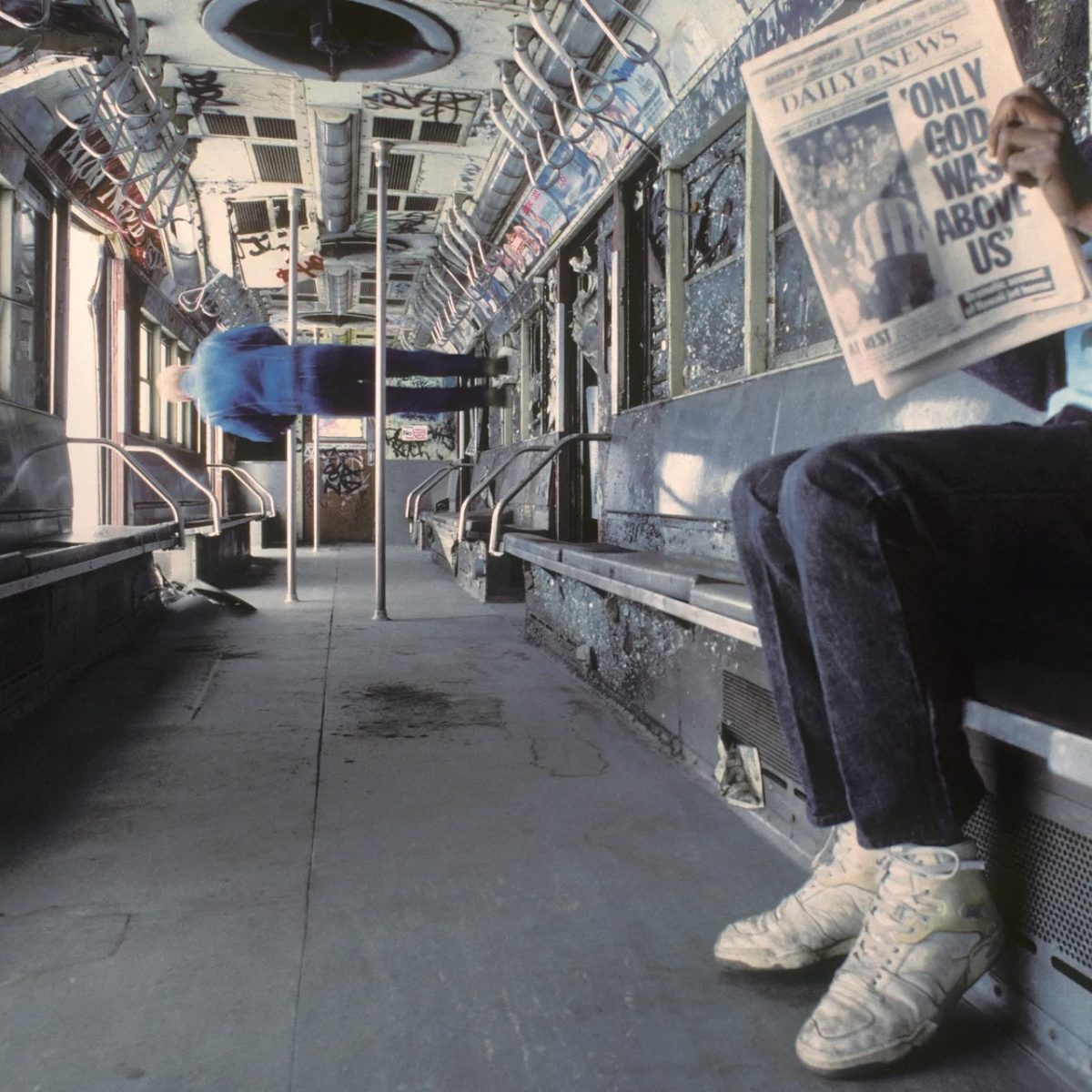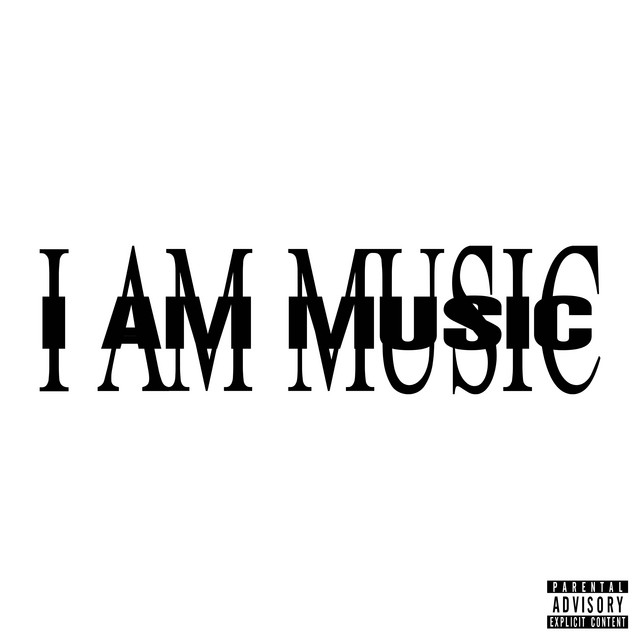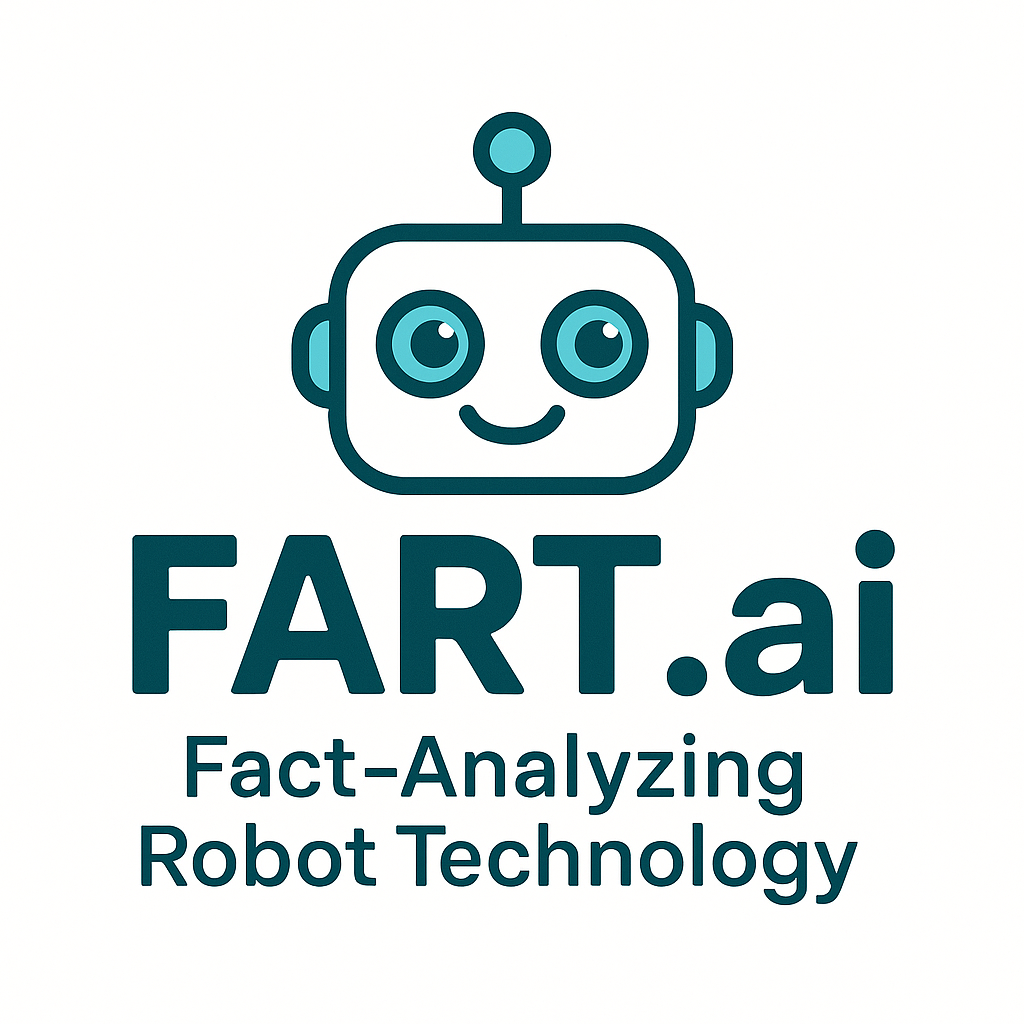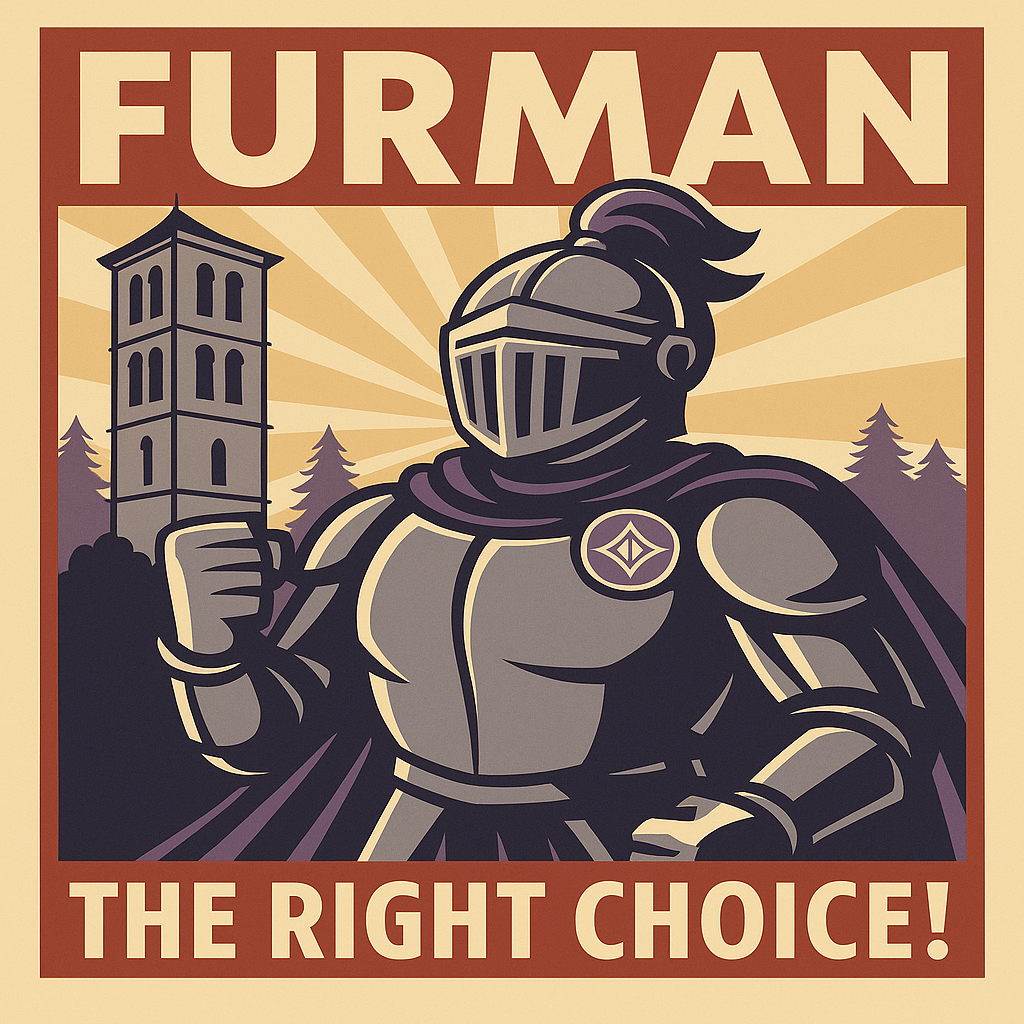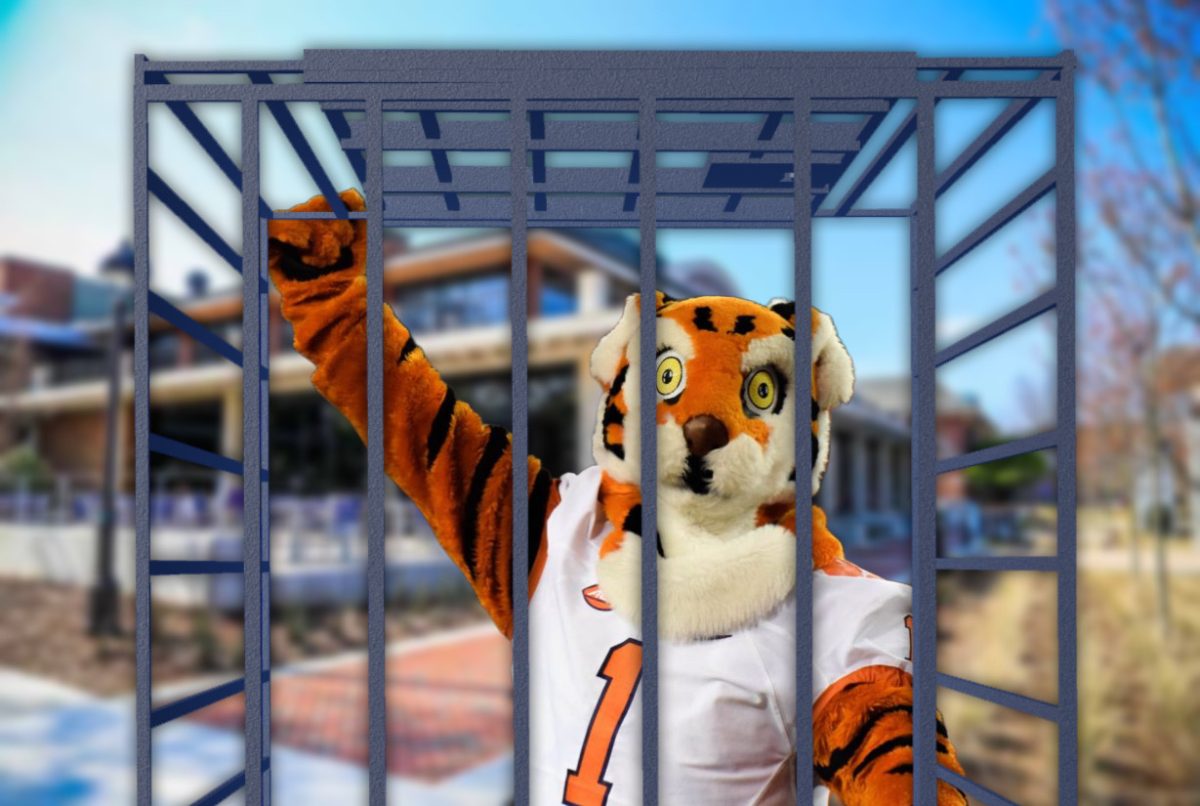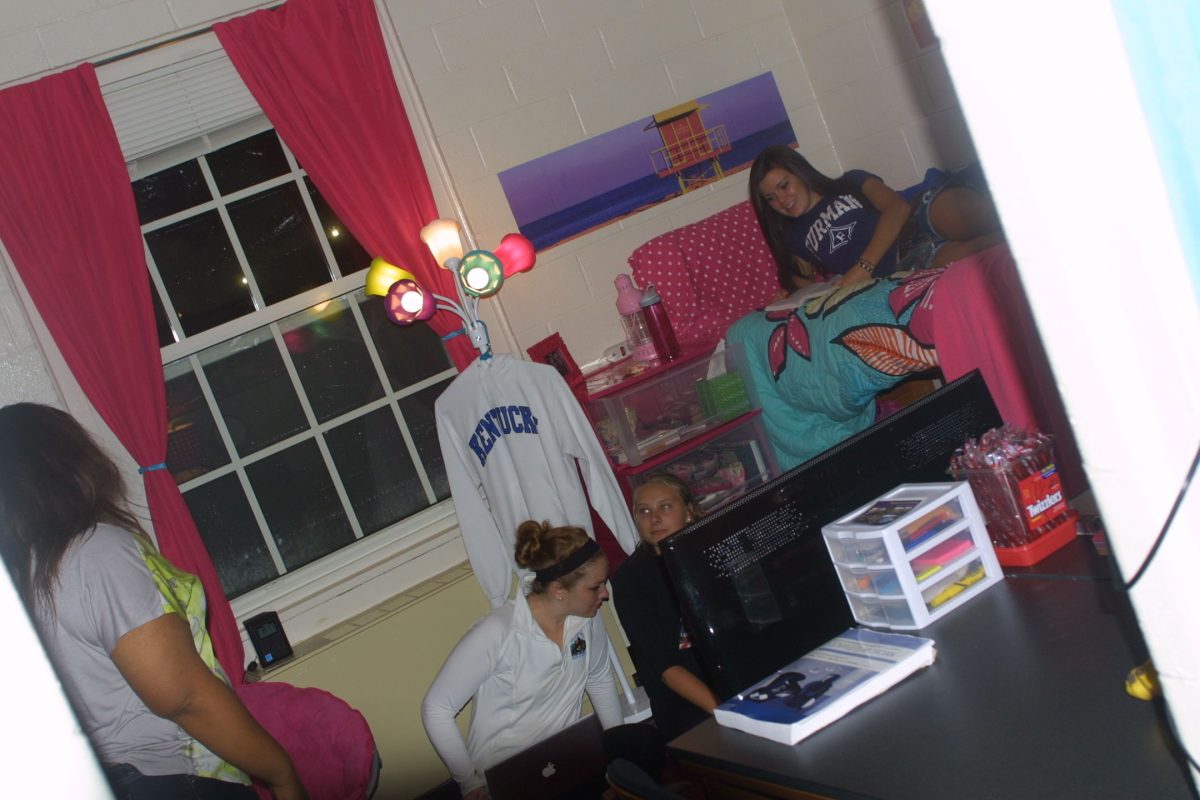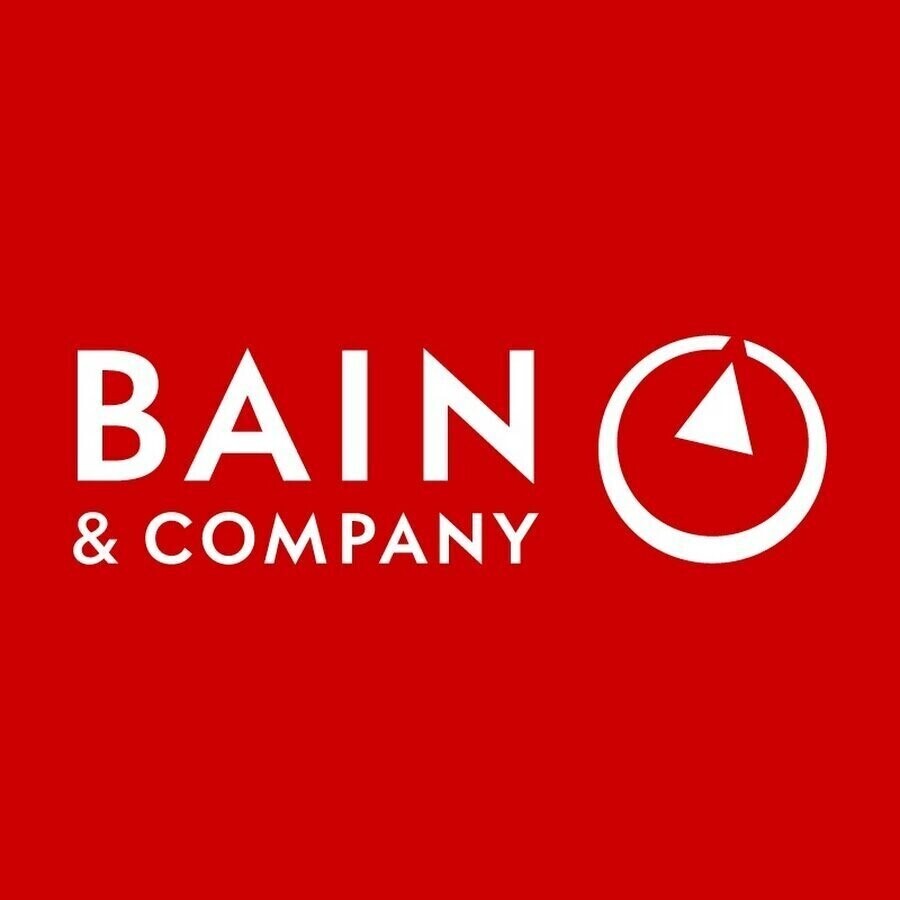After months of deliberation beginning last spring, the Steering Committee has released Furman’s newest strategic plan, Vision 2020. The plan lays out the university’s objectives for the next decade.
“It is about, essentially, identifying Furman’s mission and how to best go about realizing that in the coming 10 years,” said Mark Kelly, Vice President of Marketing and Public Relations at Furman.
The plan, Kelly said, calls for decentralizing certain university operations in order to focus more on individual departments. He added that Vision 2020 seeks to build on academic strengths by emphasizing “holistic” learning, shaping students’ Furman experience to include not just classroom academics but also learning about themselves, their peers, their community and their world. Diversity and civil discourse are also foci of the plan.
These are the principles Furman was founded on back in the 1800s, Kelly said. “I don’t think we’ve become completely unmoored, but I think we might be slipping a bit into something we don’t really want to be, so we’re trying to get back to that,” said Kelly.
“We’ve begun some of the initiatives,” said Furman University President Rod Smolla. “This will result in an increasingly vibrant and diverse student body and place us in a stronger economic position to reinvest resources [for] quality improvement,” he said.
Projects already begun include moving forward with UC renovations, the upcoming civic discourse forum and the new Barnes and Noble bookstore. In addition, “the emphasis on the arts, athletics [and] generating great community spirit are things that are happening immediately,” Smolla said. “The plan’s call for greater ties to Greenville,” he added, “will be visible right away” via arts and service connections that will begin this school year.
Notably, Vision 2020 addresses the need to develop the university’s financial resources. Part II A of the plan, titled “The Link Between Mission and Resources,” states, “Without money, there is no mission. Without mission, there is no money. Furman needs an inspiring and altruistic articulation of its identity and mission, which will drive admissions and financial contributions. Through a blend of stronger admissions and enrollment management practices and invigorated fundraising, all driven by the appeal of the mission, more resources will be available to reinvest in strategic improvements aligned with the mission.”
Some of the biggest changes in the plan concern admissions and do not directly affect current students.
Furman has recently become a “test-optional” institution, meaning that standardized test scores such as those from the ACT or SAT are no longer a necessary or required part of the prospective student application. Admissions department plans to build on this to make the application process more “holistic.”
Kelly said that this means Admissions is taking a “bold and ambitious step toward telling the world, ‘We’re interested in you as a student and member of the Furman community for reasons other than your SAT.'”
In conjunction with this, much of financial aid will be reconfigured, though again, this will not affect current students’ packages.
Though Furman is academically rigorous, the school is not very selective. Recent applicant pools have been small in relation to the number of students accepted. The reason for this, Kelly said, is that prospective students tend to self-select.
One of the plan’s biggest goals is to start attracting a consistently large applicant pool of 10,000 students per year.
“Without a robust applicant pool, it’s difficult to move forward and improve the quality of the university. The engine that drives the university is its reputation,” said Smolla.
“Putting many more resources into admission is the key,” he continued. These resources, he said, would lead to hiring more personnel, putting greater emphasis on marketing, creating more people-to-people connections, enhancing campus visits and using social media.
Vision 2020 was authored by a steering committee consisting of 15 faculty, staff and students. The numerous ideas in the document came from the thousands of students, staff, faculty and alumni that the committee conferred with in various focus groups and surveys over the last year.
The plan calls for the continued support for campus grounds and the music program. The university must build off what is already established, Kelly said. The university will never cede its academic strength, he added, for we are “fortunate to have great, committed faculty.”
“Your education is every bit the equal of what somebody is getting at Harvard, and in some ways better,” said Kelly.
The Board of Trustees is expected to approve and endorse the plan when they meet October 27-29.
Strategic plans are a regular part of the university’s planning process and typically last for five to ten years. Furman’s last strategic plan, adopted under President David Shi in 2001 and reaffirmed in 2007, included initiatives and improvements recently enacted in the sciences, sustainability and facilities. That plan, however, expired around the time of Smolla’s inauguration.

